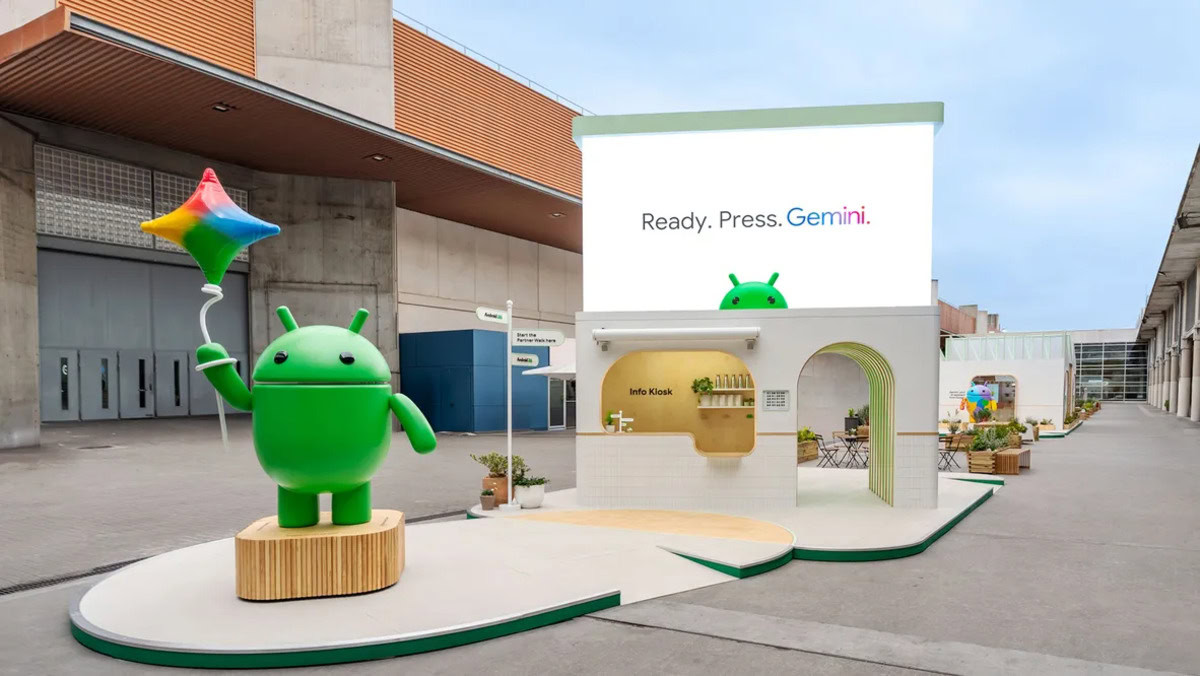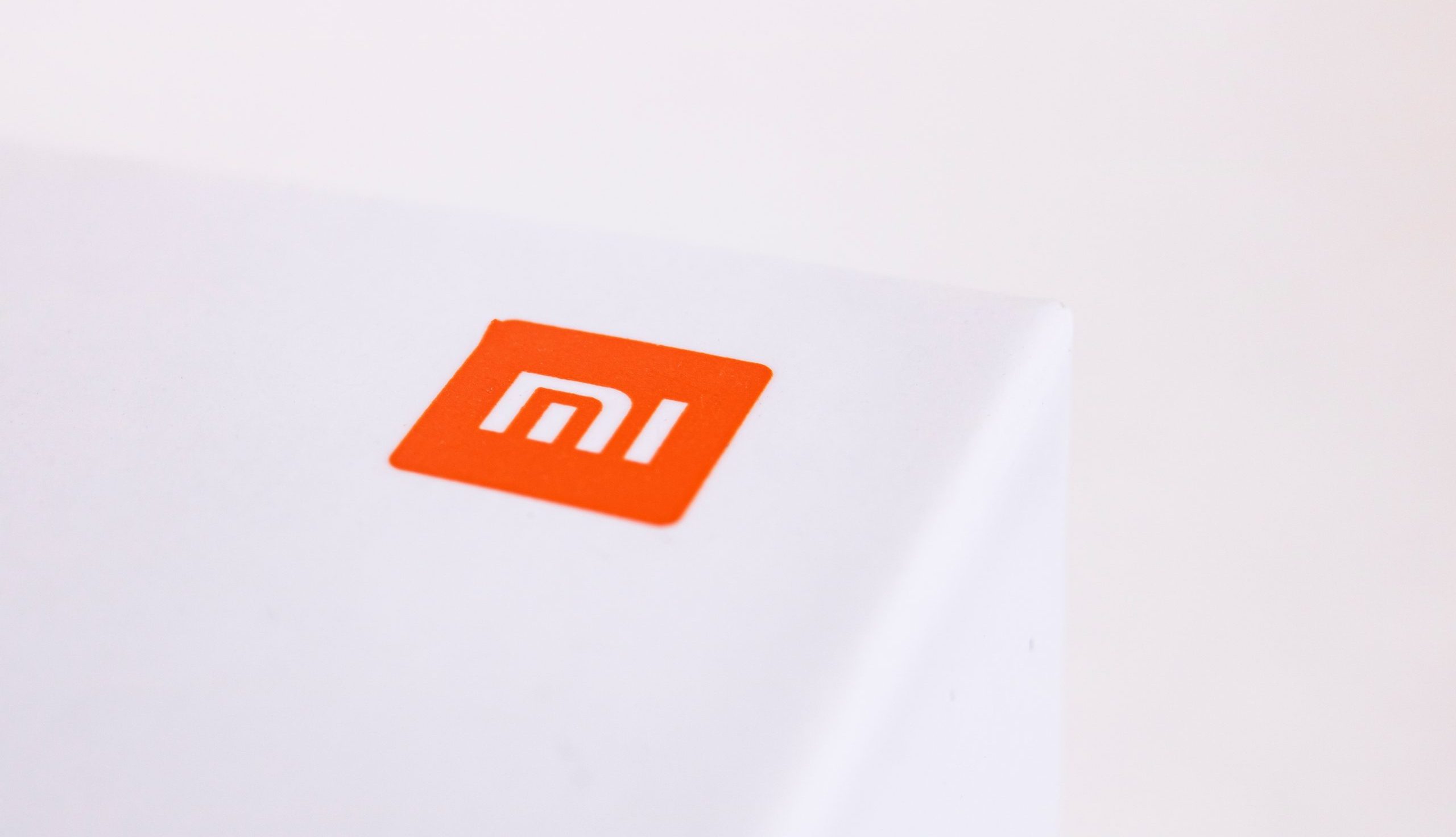Are your containers crashing unexpectedly? Do you face performance issues alongside encountering memory exhaustion that causes fatal crashes? When containerized applications spread through systems, they become harder to handle at scale. What steps do you follow to solve a container failure? You need to identify actions that can stop resource-related crashes from happening.
Keep on reading, because this article examines methods for debugging crashing containers by addressing out-of-memory (OOM) kills and high resource utilization.
Debugging Crashing Containers
Containers experience crashes because of various possible causes. The initial step requires understanding the reasons behind the situation.
The container logs contain important diagnostic information to identify problems. To view container logs you should use the docker logs command followed by docker logs [container_id]. The logging system displays information about error warnings and abnormal system behavior.
Certain containers create core dumps. The crash data in these documents explains the reasons behind the container failure. Debugging tools like gdb can help identify the exact cause of the issue.
The lack of sufficient CPU or memory resources inside a container will lead to crashes. Check your resource usage levels then modify them if necessary.
Health checks operate as part of the standard practice for containers. These scripts contain commands that help check the application’s operational status. A container will enter an endless restart process if health checks are improperly configured. Alter or turn off health checks when needed.
The successful operation of containers requires checking their dependency connections with external services including databases and APIs. The failure of any single component will trigger container system failure. Examine the status of all services that depend on each other for normal operation.
Your application problems may be resolved through an updated image version. You should inspect for any available updates and execute all necessary patches.
Check if your host machine contains sufficient available resources. The insufficient power capacity of the host device results in unexpected container failure. Track the host system for memory resources and CPU usage data.
Fixing Out-of-Memory (OOM) Kills & High Resource Usage
The resolution of Out-of-Memory (OOM) crashes together with resource utilization issues. OOM (Out-of-Memory) deaths manifest when a container takes more memory than its defined limit. High-demand applications along with applications with memory leaks commonly trigger this issue.
A container that dies from out-of-memory events produces entry logs within system monitoring systems. Read OOM log entries either logs in /var/log/syslog or via the dmesg command. The logs provide information to detect memory allocation problems.
Users can adjust Docker memory limits using the –memory flag parameter. The allocation of memory to a persistent OOM-killed container should be raised. Raised memory limits must be adjusted carefully because high settings can affect the performance of other containers.
You can use docker stats as a tool to evaluate memory consumption within real-time container operations. Identify recurring circumstances when specified containers violate their assigned boundaries. The guide will help you resolve resource allocation problems.
Putting swap memory to use may stop OOM kills from occurring. The use of disk space by containers becomes possible until all memory is filled. The implementation of swap memory can potentially reduce your application performance.
The primary reason behind excessive memory utilization is memory leaks which need to be assessed. Analyzing the memory consumption of your application requires using valgrind and language-specific debuggers together with tools. Memory leak fixes help the container avoid wasting an excessive amount of resources.
The resources needed by particular containers might surpass what they originally required. Set your important containers as priorities by modifying their assigned resources. Through Docker, users can limit both CPU and memory resources so essential containers receive sufficient resources.
The use of container restart policies like –restart=on-failure allows automatic restarts of containers that fail because of OOM kills. The system enables short periods of downtime while simultaneously stopping continuous application failures.
Background processes which include logging monitoring and caching operations require proper resource usage adjustments because they can drain extra system resources. The background processes should be optimized or moved into dedicated containers to stop resource limitations.
Horizontal Scaling should be implemented when one container reaches its capacity limit. Through Kubernetes orchestration, the deployment of multiple nodes enables you to scale your container deployment. Each container receives distributed resource responsibilities which avoids overload on any particular container.
High resource usage problems begin with a review of the application code because the underlying source may exist inside the program itself. The application should demonstrate effective capabilities in managing memory usage. Memory inefficiencies in application programming produce unnecessary high resource utilization.
Network Connectivity Issues
Network connectivity problems frequently emerge during the operation of containerized systems. A disruption occurs whenever containers fail to communicate their network inside the system or to external services. A step-by-step guide to address and solve network-connected problems exists below.
First, examine the network configuration of your containers through inspection. The containers should be connected to appropriate networks. For, checking the network configurations, use docker network inspects [network_name]. Each container needs a proper subnet placement which also enables proper traffic routing capabilities.
To diagnose network connection problems a user should use ping or curl to test if the container reaches different containers or external services. Check whether a container reaches another service through the command docker exec [container_id] ping [destination].
Defective firewall elements may interrupt communication among containers during their operation. Both the host system and container must have their firewall settings thoroughly examined. Check that all required communication ports have been enabled for accessibility. The firewall rules should be controlled using iptables or ufw.
DNS Resolution Issues represent a problem that prevents containers from resolving domain names. Check that the DNS server settings in the the /etc/resolv.conf file of the container matches the expected configuration parameters. You should verify whether the DNS server operates correctly.
The Docker Bridge Network provides insufficient isolation due to its default settings. The usage of custom bridge networks or host networking modes presents a proper way to establish isolation and control between containers and the host system when required.
Ensure the containers have proper proxy configuration when working in an environment where proxy access is needed. Network failure occurs because incorrect proxy settings are configured. Ensure proper configuration of container environment variables that include HTTP_PROXY or HTTPS_PROXY.
The communication between containers can be limited by network policies running on Kubernetes and similar container orchestrators. Examine any existing policies to verify their traffic-blocking effects are not unintentionally interrupting required network communication.
Elements in the Docker software including version and network drivers can potentially trigger network problems because of their bugs or incompatibilities. Your testing should include using the current stable release of Docker together with the bridge host and overlay networking modes for testing purposes.
Debugging Stuck or Slow Containers
Application performance takes a major hit when containers show signs of slowness or encounter blockages. Investigating the core reason needs an orderly approach to identify it.
Usage monitoring for Docker containers should be done through the docker stats command to examine CPU and memory consumption alongside disk operations. The container faces overload situations when its CPU or memory usage exceeds normal levels. Your analysis of resource consumption should lead to adjustments of resource limits for containers using excessive resources.
The docker top command shows resource-consuming processes inside a specific container when using docker top [container_id]. Running the docker top command lets you see all active processes together with their CPU and memory performance indicators to find out if any process is behaving abnormally.
Checking log records from containers provides valuable indications regarding ongoing processes within their environment. The Docker logs command can be activated by typing docker logs [container_id]. Monitor the logs for error messages together with warnings and timeouts that will highlight where slowness or blockage originates.
When a container runs application code you should inspect the application logic because the blocking issue could exist in programming errors such as deadlocks and infinite loops. Look for deadlocks and infinite loops together with blocking operations that should stop the container from moving forward. Strace serves as an important diagnostic instrument to detect system call problems.
Real-time resource usage inspection can be achieved through using profiling tools which include a top, and htop, alongside the container-specific cAdvisor. These tools enable users to detect specific operational performance problems in the running application.
The performances of containers often suffer from their connection to dependency systems including databases APIs and storage solutions. The tool set includes ping combined with curl to verify dependency connectivity from inside the container environment. A dependency that cannot be reached or operates too slowly may lead to hanging containers.
Automatically restarting containers should be considered when they become stuck but still function without crashing. The –restart=on-failure policy of Docker helps prevent persistent container hangs by automatically restarting unresponsive containers.
Networking performance between containers that exceed an acceptable threshold may result in a slow appearance of a container. The network performance should be tested with diagnostic tools such as ping or perf.
A container that operates slowly because of increased workload volume should be expanded through multiple instances. Kubernetes environments enable users to distribute container load across multiple pods to prevent single container overuse.
Advanced Debugging with eBPF & Sysdig
To perform a detailed examination of container operations at low levels you should use advanced tools that include eBPF (extended Berkeley Packet Filter) and Sysdig for their strong analytical features. Real-time container observation and tracking through these tools help users detect intricate system problems.
Running eBPF sandboxed programs within the Linux kernel enables the monitoring of Linux kernel activities and system calls along with container communication without modifying the application or container code. It provides high-performance, low-latency monitoring.
The technology eBPF demonstrates a superior ability to address networking issues. The bpftrace tool enables users to monitor network performance metrics that reveal dropped packets together with latency data and network stack routing information of containers.
The tool Sysdig enables users to monitor containers and their environmental details through eBPF technology. The tool enables users to detect system calls alongside file input/output activities and network transmissions and process state observation. The internal container monitoring capabilities that Sysdig offers exceed those of traditional tools.
The Sysdig tool helps monitor container system calls to detect bottlenecks in file input-output and network request overuse. The command sysdig -c spy_users provides real-time user activity viewing so you can identify abnormal behaviors.
Final Verdict
To sum up, containerized applications introduce specific difficulties for users to address despite their flexibility. Crucial for effective debugging and optimization of container environments are the skills needed to address problems with crashing containers as well as memory issues slowdowns and network connectivity faults. This article demonstrates how to solve container issues through log analysis with resource limit modifications along with eBPF and Sysdig utilization and standard performance bottleneck resolutions. Your containers will operate efficiently while minimizing downtime when you actively monitor them through appropriate techniques.
FAQs
- How can I stop containers from being killed due to OOM?
Set appropriate memory limits using the –memory flag and monitor memory usage with docker stats. Fix memory leaks in the application code and consider adding swap memory.
- Why is my container slow?
Check resource usage with docker stats and docker top. Review logs for errors /deadlocks, and test dependencies like databases or external APIs.
- How can I fix network issues between containers?
Check your network configuration with docker network inspection. Test connectivity using ping or curl, and make sure your firewall and DNS settings are correct.











